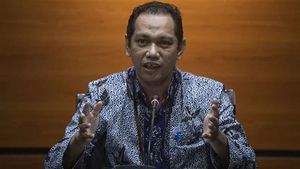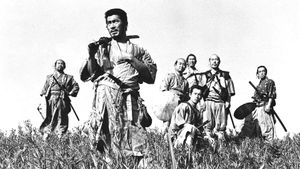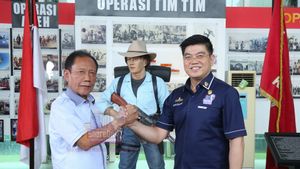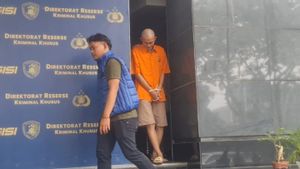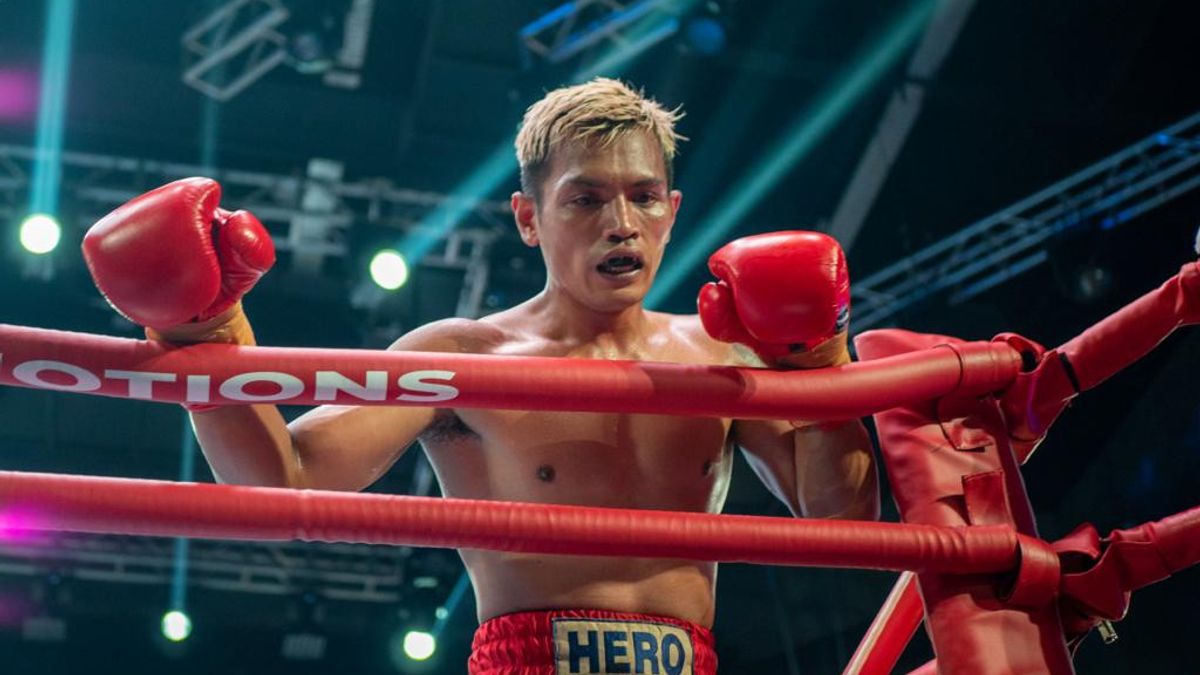
"When the bell rings and I leave my corner, I'm never sure I'll be back there again." (John Conteh, former WBC light heavyweight champion from England)
JAKARTA – The tragedy of the death of boxer from Malang, Heru Purwanto, whose ring name is Hero Tito, is an alarm that reminds us of the high risks involved in the sport of boxing. Heru died after losing by knockout round 7 to James Mokoginta in a fight held at Holywings Club SCBD, Jakarta on 27 February 2022.
For four days Heru was in a coma while being treated at Mitra Kelapa Gading Hospital, North Jakarta. He was immediately rushed there after being knocked out and passed out. The surgical effort carried out by a team of doctors led by Doctor Mardjono Tjahjadi to save Heru's life failed. The boxer left his wife Didin Nurul Wijayanti and two daughters who were not yet teenagers.

Many boxing circles argue that one of the important factors that led to Heru's death in the ring was surveillance. What is meant by supervision is control from within the boxer's own camp and outsiders.
“The problem here is surveillance. Both supervision from within Heru's boxing management, as well as external supervision from the Indonesian government. These two things must go hand in hand. We can not let a boxer alone determine his readiness to enter the ring. The government also has a big role to play in determining whether or not a boxer is worthy of entering the ring, from a medical examination, for example,” said Daud Jordan, the IBA super lightweight (63.5 kg) national boxer.
Boxing ComplexityBoxing is the oldest and most popular fighting sport in the world. From a layman's point of view, this activity only shows two people fighting each other in the ring. Looks simple, not even a few say brutal. As if everyone could do it. But the truth is boxing is far more complex than it seems.
Observers, doctors, and boxers often use the term Sweet Science, to describe the complexity of boxing. The term Sweet Science was first coined by British sports journalist Pierce Egan in 1813. Although boxers only use their hands, knowing how to attack and defend properly requires a very deep understanding of boxing.

At first the use of the term Sweet Science may seem strange, but it is actually the ideal terminology to describe boxing. Boxing is a strategy. Like playing chess, a boxer must already anticipate three or four moves ahead that his opponent is likely to take.
The term Sweet Science became popular in the modern era, after AJ Liebling published a book entitled The Sweet Science in 1956. The book contains the most iconic moments in boxing history, and became a popular book. Sports Illustrated magazine in 2002 placed the book The Sweet Science on its list of the coolest sports-themed books of all time.
Boxing Dangerous ActivityThrough understanding all the ins and outs of boxing, a victory will taste sweet. That's why the word "sweet" is used by Egan to describe the world of boxing. On the other hand, if the understanding of this sporting activity is only half-hearted, it will feel very bitter and even tragic like what happened to Hero Tito.
According to data from the American Association of Neurological Surgeon or the American Association of Neurosurgery Doctors (AANS), in 2018 boxing was actually not included in the sports category most at risk of head injury. Traumatic head injuries are the most experienced by cyclists, which in America in 2018 reached 64,411 cases.
They are average cyclists who do recreational activities, not professionals. Boxing is not even on the list. Even so, extra vigilance and supervision of boxing activities must still be carried out.
Head injuries from boxing are acquired due to the accumulation of punches. The longer a person boxing, the greater the risk of head injury that will be suffered. According to the AANS research, a boxer's punch that is executed correctly and lands heavily has a force 52 times the force of gravity. That's roughly the equivalent of hitting a bowling ball weighing nearly 6 kg at a speed of 20 km/h.

According to the Journal of Combative Sport, in the period 1960-2011 there were 488 cases of death in boxing. As many as 66 percent of deaths that occur are caused by injuries to the head, brain, or neck.
In several studies, it was found that 15-40 percent of former boxers had problems with brain injuries, ranging from mild to severe. The damage starts with memory loss, difficulty speaking, poor body balance, deviant behavior, and more.
“Boxing is a tough and dangerous sport, so good preparation is absolutely necessary. Do not prepare suddenly, and should be done in advance. And once again, learn to restore body fluids lost due to exercise. Adequate body fluids are very important to protect the brain, because 80 percent of the human body is fluid. If a boxer is dehydrated, then the protection of the brain by fluids will be very less. As a result, boxers are prone to brain injuries due to punches,” said former world champion from Indonesia, Chris John, sharing one of his boxing skills.
“Every death is a disaster. We are doing everything in our power to stop the tragedy. We are working hard to make boxing safer. But it's a dangerous sport, and boxers are aware of this problem," said Robert Smith, a former boxer who was secretary of the British Boxing Board of Control.
Knowledge, boxing or Sweet Science is absolutely mastered. An understanding of all aspects of boxing can reduce the risk of death like that of Hero Tito.
The English, Chinese, Japanese, Arabic, and French versions are automatically generated by the AI. So there may still be inaccuracies in translating, please always see Indonesian as our main language. (system supported by DigitalSiber.id)




